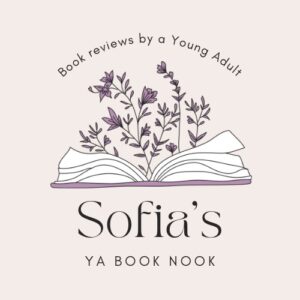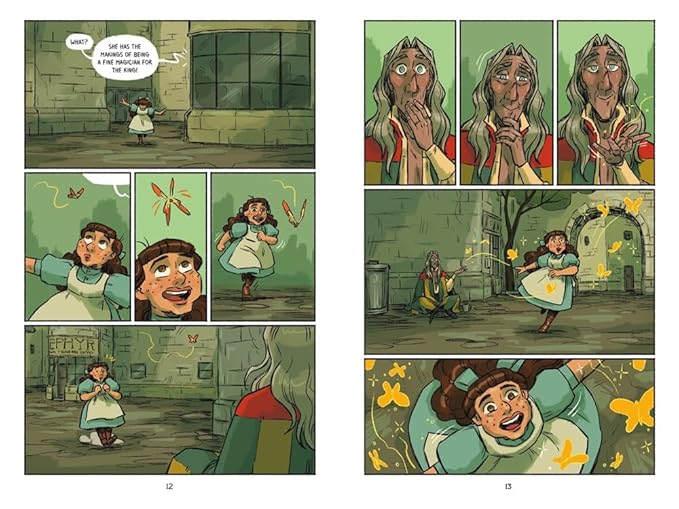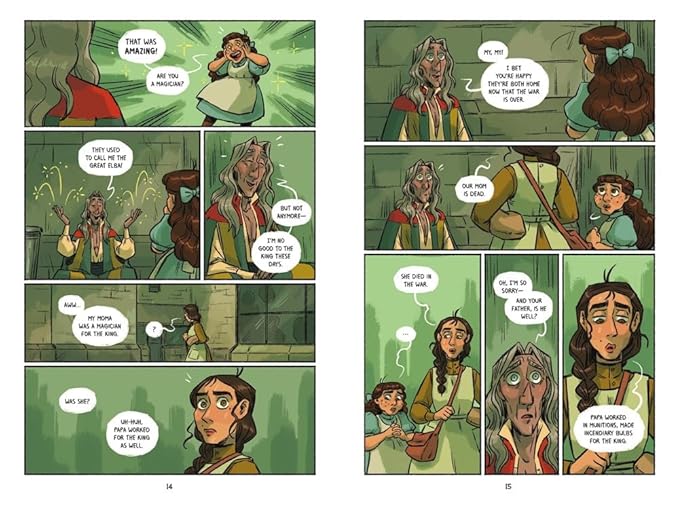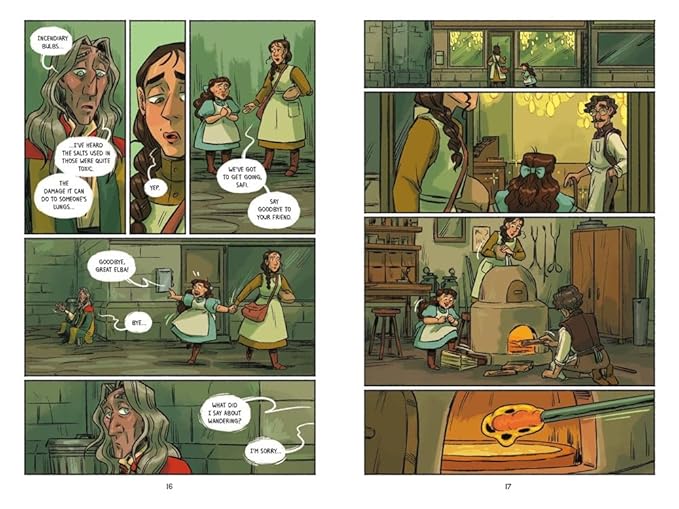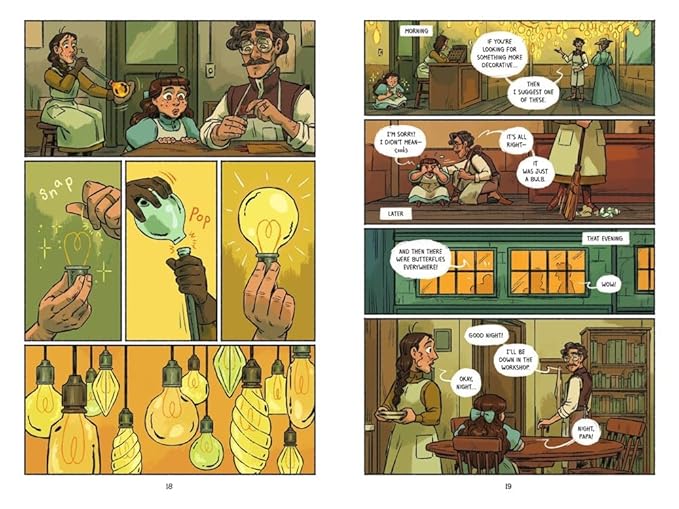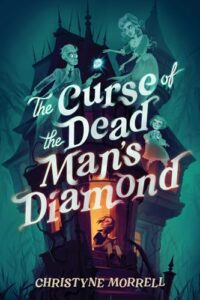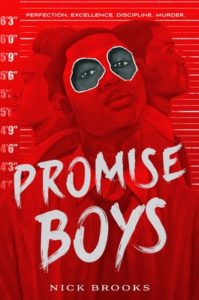Sofia is a 13-year-old brilliant reader who aspires to be a book reviewer. Since she was 8 years old, on select weeks, Sofia shares her favorite books with other young people her age! She is one of the most well-read youth that we know, so she is highly qualified for this role!
Dear readers,
Hello, it’s Sofia again and welcome to another book review! Today I am talking about sequels (or prequels) that I have read that have been as good or better than the original book! I have made this list because I know that when I finish a book, most of the time the sequel hasn’t come out yet and I just forget about the original book. This means that I only learn about the sequel through a book review, or I stumble upon it by chance in the library! I am hoping this book review will make you aware of a sequel to a book you have enjoyed, or just inspire you to start a new duology! Also, all of the original books will have my book review for them linked, just click on the underlined title!
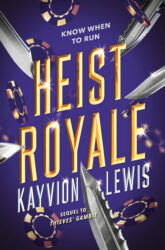
Heist Royale, sequel to Thieves Gambit
Let me introduce you to the book that started this idea… Heist Royale by Kayvion Lewis! I have already read and reviewed the first book in the series, Thieves Gambit and I loved it! If you want to learn more about the first book in the series, just click on the underlined Thieves Gambit! Fun fact, this was actually the only sequel I read within a month of it coming out! That is how excited I was for it! Anyway, onto the actual review! I already had high expectations for this book but it surpassed them all. In the book, Ross is pulled back into playing a competition similar to the Thieves Gambit after she and her family are threatened by their enemy, Devroe’s mom. The organization is willing to accept a new leader so Count and Baron step forward. They ask Ross and her friends to pick sides for a new competition between them, splitting them in two. As Ross and her friends are pulled apart from each other, Ross is devastated by her friends leaving her. As she gets sucked into another high-stakes game, she has to figure out the importance of her friends, and her family. You will absolutely love this book if you have read Thieves Gambit, or watched movies like Now You See Me, or the Ocean’s movies, since Heist Royale has the same atmosphere.
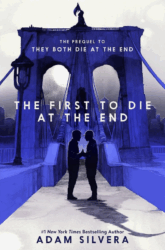
The First to Die at the End, prequel to They Both Die At the End and
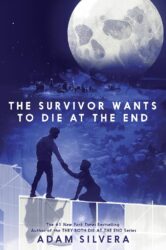
The Survivor Wants to Die at the End, sequel to They Both Die at the End
Welcome to…The First to Die at the End by Adam Silvera! If you have read the original book, you know how sad and emotional this author’s writing is! This book I actually think is better than the original, which is saying a lot because They Both Die at the End was phenomenal! The First to Die at the End is told from many perspectives, but mainly Orion and Valentino, who are the main characters. This prequel is all about the day that the service DeathCast was created, and the havoc that ensued. It shows perspectives from two young adults, the creator of the service, and other people that we meet along the way. This was a very moving book and really emphasizes that any day could be your last and to live life to the fullest. This is a beautiful book and I would highly encourage you to read it! You can also read this without reading the original but it makes more sense if you read They Both Die at the End first!
Since the time of writing this review, I have also read The Survivor Wants to Die at the End, which is an amazing sequel to the first book in the series! It shows you the perspective of a highly suicidal boy named Paz, and the complex perspective of Alano (the Death-Cast heir). As the story continues, you get to see Paz and Alano’s friendship develop, with many sharp bumps along the way. For The Survivor Wants to Die at the End, I would highly recommend reading They Both Die at the End first, since reading this would spoil the first book and also be confusing. In terms of content advisories, The Survivor Wants to Die at the End was the most emotionally intense to me, but all of the books in the series are pretty heavy. Some topics include suicide, self-harm, dealing with mental health, and grief.
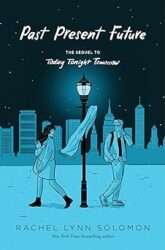
Past, Present, Future, sequel to Today, Tonight, Tomorrow
Drumroll please, Past, Present, Future by Rachel Lynn Solomon! Wow, this book really was a rollercoaster of emotions. It is about Rowan and Neil, the two characters who fell in love in the first book, Today, Tonight, Tomorrow, during high school, now managing their relationship while in college. They are both studying in different places on the East Coast, which is far from their homes in Seattle and handling making friends and keeping up with classes. They mostly communicate via technology but they visit each other every couple of months which is hard for them since they are used to being able to spend all of their time with each other. When Rowan starts struggling in her Creative Writing class and questions whether she should be a writer, Neil is also questioning his major, Linguistics. They realize that maintaining a romantic relationship while in college may not be as easy as it seems. When family issues strike Neil, he chooses to distance himself from Rowan and their relationship. Past, Present, Future is a heartfelt, emotional story about two college students exploring and managing their relationship while far away from each other. I highly recommend this book and am honestly mad I didn’t read it sooner. Like the original, this is a book with two perspectives, one from Rowan and one from Neil and it is always so interesting to see their lives from their own and partner’s perspectives.
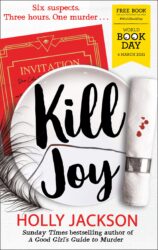
Kill Joy, prequel/novella to A Good Girl’s Guide to Murder
Please welcome, Kill Joy by Holly Jackson! It is a novella of the A Good Girl’s Guide to Murder series that takes place before the first book. It is a short read which I quickly finished on my road trip this Spring Break. It is set at one of Pip’s friends’ houses as they are having a murder mystery birthday party, where each friend pretends to be a character in the story while simultaneously trying to solve the murder. In the story, the friends are all on an island to celebrate Reginald Remy’s birthday when he is suddenly found dead! The friends are acting as different people who are attending this birthday party like his sons and the cook. Together, Pip and her friends must find out who the killer is through a series of clues that lead them closer to the answer! Overall, this book is a fun addition to the series, with lower stakes while still being fun and entertaining! I also really enjoyed how the ending of Kill Joy ties right into the beginning of the first book in the series. If you are wondering in what order to read the A Good Girl’s Guide to Murder series, I would read the first book, then this novella and then the rest of the books in their respective order. This way, you already know the characters going into the novella but don’t get too confused by having already read all of the other books.
I hope you enjoy reading these books and the other ones in their series!
**Thanks so much, Sofia!**
